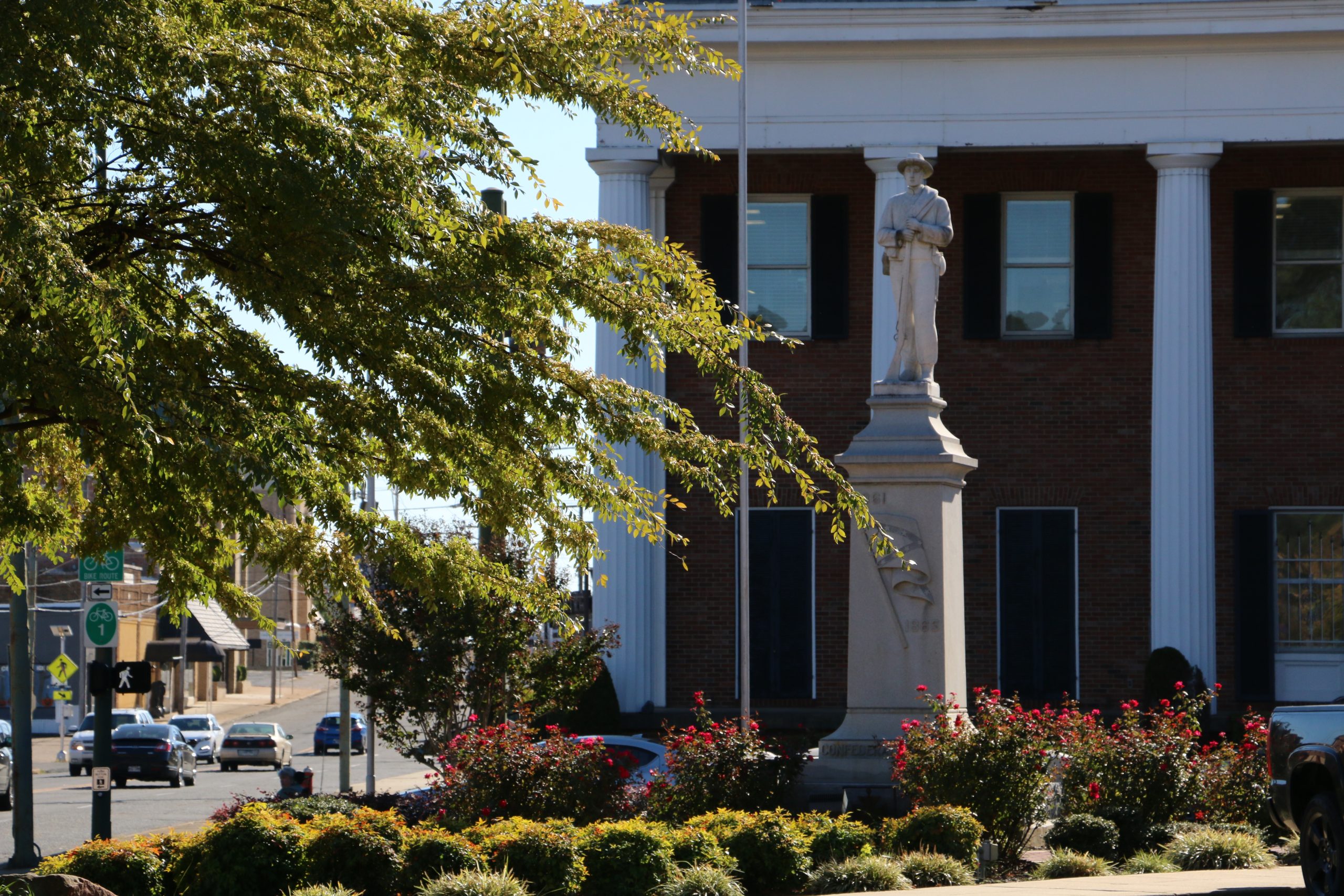By Abigail Vance
HOT SPRINGS, Arkansas — The day after Gilbert Harris was lynched in downtown Hot Springs, the Hot Springs Sentinel-Record sought to defend his killing: “There was not racial prejudice in that lynching of yesterday morning. Any other thief who would have killed a well-known and popular man in the act of robbery, would have received the same treatment.”
Harris was accused and arrested following the August 1, 1922, fatal shooting of a Hot Springs businessman, Maurice Connelly, during a robbery. In less than 12 hours following the shooting of Connelly, Harris was taken from police custody by an armed mob and lynched in a Hot Springs public square at the southern end of the Central Avenue Historic District in front of a mob of at least 500. Harris maintained his innocence even as he was about to be killed.
This work is a collaboration of the Howard Center for Investigative Journalism and Capital News Service at the University of Maryland, Morgan State University, Hampton University, Howard University, Morehouse College, North Carolina Agricultural & Technical State University and the University of Arkansas.
At the site of Harris’s murder, there is now a Confederate memorial, erected in 1934 by the United Daughters of the Confederacy, the current owners of the property. There is no publicly displayed information in Hot Springs about the lynching, but details can be found at the Garland County Historical Society Archives.
The Arkansas Peace and Justice Memorial Movement has been working with the Garland County Community Remembrance Project to have a memorial placed at Landmark Plaza in downtown Hot Springs, the location where Harris was lynched and another man was earlier, in 1913.
The owners of the property have stopped the lynching memorial from being placed at the site, said Kwami Abdul-Bey with the Arkansas Peace and Justice Memorial Movement. A former president of the United Daughters of the Confederacy, Margie Hill, and the current president, Martha Koon, declined to comment.
Public hangings, such as the Harris case, were intended to send a message, said Janetta Kearney, a lawyer and a Hot Springs resident.
Harris’s lynching was reported across the country — from the East Oregonian in Pendleton, Oregon, to the Brattleboro Daily Reformer in Brattleboro, Vermont.
Much of that coverage was problematic.

Of 16 articles examined, 10 stories reported that Harris killed Maurice Connelly, even though there was never a court trial on the charges.
The Hot Springs New Era also assumed Harris was guilty, writing he was “lynched this morning for the fatal wounding last night of Maurice Connelly.”
All but two of the articles on Harris’s lynching inaccurately reported some aspect of the details surrounding the event. Nine stories used the word “hanged” instead of “lynched” when describing Harris’s death, suggesting it was a punishment for a crime.
Follow-up reports in both the Hot Springs New Era and the Arkansas Democrat provided additional information to suggest that Harris had killed Connelly. The Hot Springs New Era published an editorial by Circuit Judge Scott Wood, who wrote that Harris had previously been convicted of burglary and had escaped from prison. State and local media reported that Wood attempted to convince the lynch mob to disperse.
PRINTING HATE
EXPLORE ALL STORIES
The only African American voice in the news coverage analyzed was a reference in the Aug. 1, 1922, edition of the Arkansas Gazette, which reported that local police had questioned Harris’s wife.
The publisher of the Arkansas Democrat-Gazette, Walter E. Hussman Jr., said his family did not own the newspaper until 1974 so he could not speak to the specific issues of the 1922 coverage. Hussman said the newspaper’s approach to such a story would be much different today.
“I think our policies and practices are probably vastly different than they were before, back in the days you’re talking about.” Hussman said. “We try to cover all parts of the community, we try to do it fairly, we try to do it, you know, the best we can. And then we actually kind of have reached out to try to do a more proactive job of coverage.” The Arkansas Democrat-Gazette was formed in 1991 when the Arkansas Democrat purchased the Arkansas Gazette.
News coverage of the Harris lynching was cursory with few exceptions. The three Arkansas publications and The New York Times gave the Harris lynching more than a paragraph.
Even though the news coverage was nationwide at the time, many Hot Springs natives said they didn’t know about this part of the city’s history.
“No, it’s not taught,” said Karen White, 59, a lifelong resident of Hot Springs whose family lived in the city during the time of Harris’s lynching. “I’d never heard that that happened.”
The first time White learned about the Harris lynching, she said, was in 2017 amid a national movement to remove Confederate monuments following a deadly white supremacist rally in Charlottesville, Virginia.
Elizabeth “Liz” Robbins, the executive director of the Garland County Historical Society, credits that 2017 national reckoning on race for providing new attention to the Harris lynching .
“If it hadn’t been for that movement, I think a lot of people would not have known about it,” Robbins said.

